Table of Contents
Categories
-
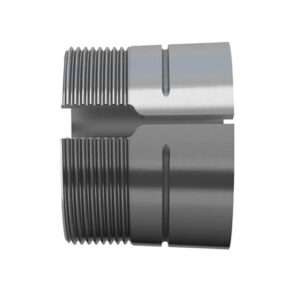
Adapter Sleeves (9)
-
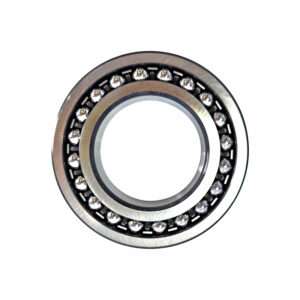
Ball Bearings (11)
-

Ball Screw Bearings (2)
-
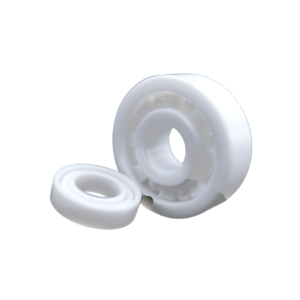
Ceramic Bearings (27)
-
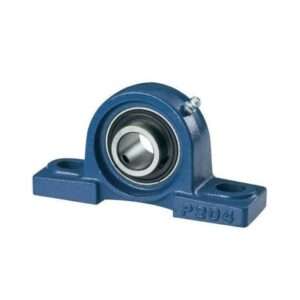
Pillow Block Bearings (4)
-
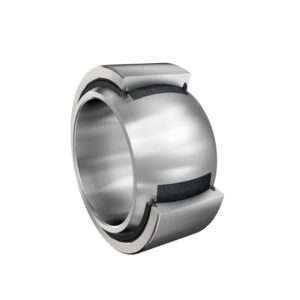
Plain Bearings (32)
-

Roller Bearings (12)
-
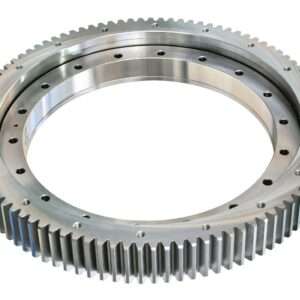
Slewing Bearings (43)
-
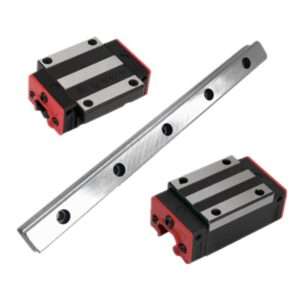
Sliding Block (3)
-
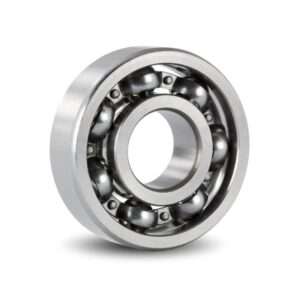
Stainless Steel Bearings (27)
-
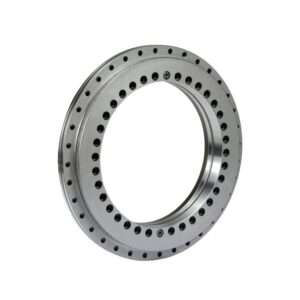
Super Precision Bearings (6)
-
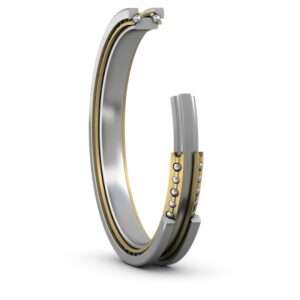
Thin Section Bearings (9)
-
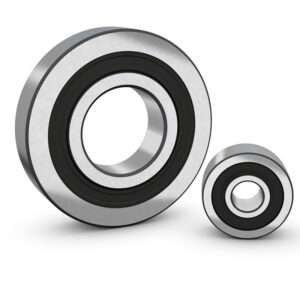
Track Rollers (4)
-
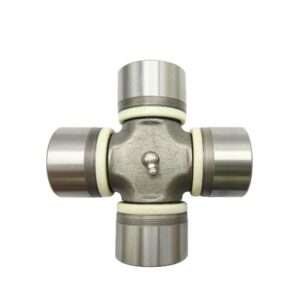
Universal Joints (1)
High-Speed Performance: Engineering Challenges and Solutions for Roller Bearings in High-Speed Machinery
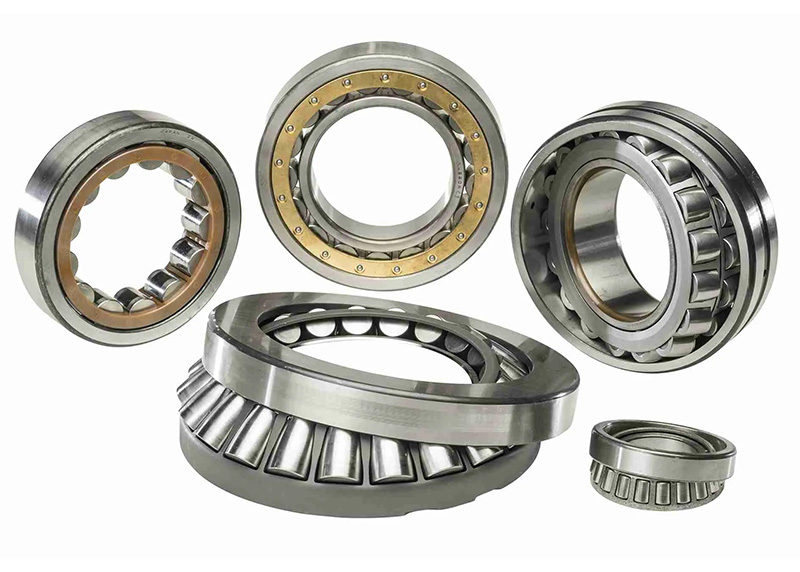
Introduction
Roller bearings play a crucial role in the performance and reliability of high-speed machinery, where factors like centrifugal forces, thermal effects, and dynamic loads present significant challenges. In this blog, we delve into the intricate world of high-speed performance engineering for roller bearings, exploring design considerations, material selection criteria, and lubrication strategies essential for ensuring optimal operation. With precision manufacturing techniques and advanced lubrication strategies, engineers strive to mitigate the adverse effects of centrifugal forces and thermal gradients, aiming to maximize bearing lifespan and minimize downtime.
Design Considerations
This optimization isn’t merely about aesthetics; it’s about ensuring the seamless functionality and durability of bearings operating under extreme conditions. Engineers meticulously delve into the nuances of cage designs and rolling element selections to mitigate potential challenges that could jeopardize performance and reliability. Cage geometry optimization is a fine balance between facilitating smooth rolling motion and maintaining an optimal spacing between rolling elements, thus preventing undesirable contact and wear that could lead to premature failure. Simultaneously, the selection of appropriate rolling elements, be it balls or rollers, is paramount for evenly distributing loads and minimizing stress concentrations, thereby enhancing the bearing’s ability to withstand high speeds and dynamic loads.
Furthermore, through advanced machining processes such as CNC (Computer Numerical Control) machining and grinding, manufacturers achieve exceptional levels of dimensional accuracy and surface finish crucial for high-speed performance. Additionally, stringent quality control measures ensure that each bearing meets exacting standards, eliminating deviations that could compromise performance or longevity. This meticulous attention to detail in both design considerations and manufacturing processes ensures that bearings not only endure the rigors of high-speed operation but also deliver optimal performance and reliability throughout their service life, thereby underpinning the seamless functionality of high-speed machinery in various industries.
Material Selection Criteria
Choosing the right materials is paramount in high-speed applications, where the performance and durability of roller bearings are put to the test. The materials used must possess specific properties to withstand the demanding conditions encountered in high-speed machinery. Factors such as high-temperature resistance, fatigue strength, and wear resistance are critical considerations in material selection. High-speed roller bearings often operate in environments where temperatures can soar, and mechanical stresses can be intense. Therefore, materials with excellent heat resistance, such as certain steel alloys and ceramics, are preferred choices.
Additionally, fatigue strength is crucial for withstanding the repeated stresses experienced during high-speed operation, ensuring the longevity and reliability of the bearings. Common materials used in high-speed roller bearings include various steel alloys known for their high strength and durability, as well as advanced ceramic materials prized for their exceptional heat resistance and wear characteristics. By carefully selecting materials tailored to the demands of high-speed applications, engineers can ensure that roller bearings perform optimally and maintain reliability under challenging conditions.
Lubrication Strategies
In the realm of high-speed bearing performance, lubrication plays a pivotal role in ensuring smooth operation and extending the lifespan of bearings. Lubricants serve as a protective barrier between moving parts, reducing friction, dissipating heat, and preventing wear and corrosion. For high-speed applications, where the demands on bearings are particularly rigorous, the role of lubrication becomes even more critical. Proper lubrication not only reduces frictional losses but also helps to minimize heat buildup, which can be detrimental to bearing performance and longevity. Moreover, effective lubrication is essential for reducing noise and vibration, enhancing overall system efficiency and reliability.
Various types of lubricants are available, each with its own unique properties suited for different high-speed applications. Oil lubrication is commonly used in high-speed bearings due to its ability to provide excellent heat dissipation and lubrication efficiency. Different oil viscosities and formulations can be tailored to specific operating conditions, ensuring optimal performance. Additionally, grease lubrication offers advantages such as reduced maintenance requirements and better sealing properties, making it suitable for certain high-speed applications where continuous lubrication may be challenging. By carefully selecting the appropriate lubrication method and lubricant type, engineers can optimize bearing performance and reliability in high-speed machinery, ensuring smooth operation and extended service life.
Centrifugal Forces and Their Effects
Understanding the impact of centrifugal forces on roller bearings
In the realm of high-speed machinery, understanding the impact of centrifugal forces on roller bearings is crucial for ensuring optimal performance and reliability. As rotational speeds increase, centrifugal forces acting on the rolling elements and cage of the bearing intensify, leading to potential challenges that must be addressed. These centrifugal forces can cause deformation of the rolling elements and cage, resulting in increased friction, heat generation, and wear. Additionally, excessive centrifugal forces can lead to dynamic instability, causing vibrations and potential bearing failure. Thus, engineers must carefully analyze and mitigate the effects of centrifugal forces through appropriate design modifications and material selection to ensure the smooth operation and longevity of roller bearings in high-speed applications.
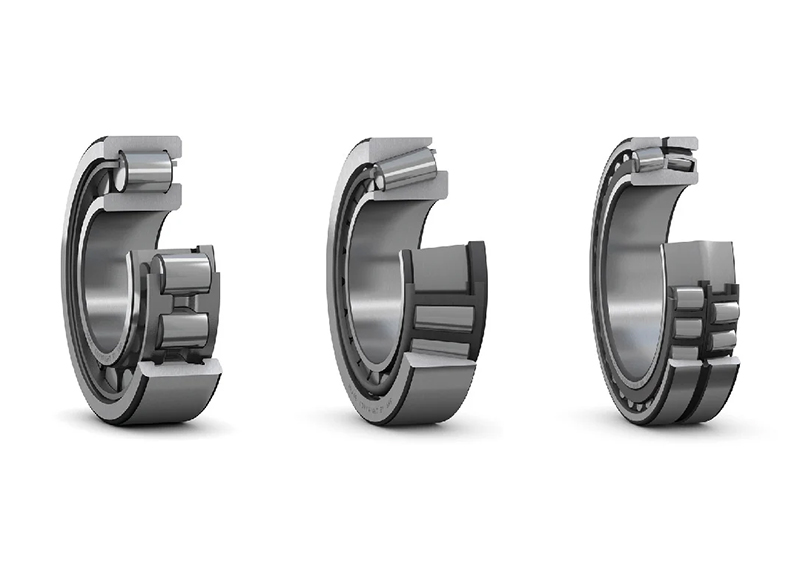
Strategies to mitigate centrifugal force effects
In high-speed machinery, where centrifugal forces exert significant influence on roller bearings, engineers employ various strategies to mitigate these effects and ensure optimal performance and reliability. One approach is through careful bearing design modifications aimed at minimizing the impact of centrifugal forces on the rolling elements and cage. This may involve optimizing the geometry of the cage to enhance stability and reduce deformation under high-speed conditions. Additionally, advanced materials with superior strength and rigidity characteristics can be employed to withstand the centrifugal forces more effectively. Furthermore, implementing precision manufacturing techniques ensures tight tolerances and optimal fitment, reducing the potential for vibration and dynamic instability caused by centrifugal forces. By adopting these strategies, engineers can effectively mitigate the adverse effects of centrifugal forces, thereby enhancing the performance and longevity of roller bearings in high-speed applications.
Thermal Effects and Management
Thermal challenges associated with high-speed bearing operation
In the realm of high-speed bearing operation, thermal challenges pose significant concerns that engineers must address for optimal performance and reliability. As bearings rotate at high speeds, friction between the rolling elements and races generates heat, leading to elevated temperatures within the bearing assembly. Excessive heat can result in thermal expansion, lubricant degradation, and premature wear, ultimately compromising bearing performance and lifespan. Moreover, thermal gradients across the bearing components can induce stresses and distortions, further exacerbating potential issues. Effectively managing thermal effects is essential for ensuring the longevity and reliability of bearings in high-speed applications, necessitating the implementation of thermal management strategies such as heat dissipation techniques and thermal barrier coatings to mitigate the adverse effects of heat buildup.
Thermal management solutions
In high-speed machinery, thermal management solutions are indispensable for addressing the thermal challenges associated with bearing operation. As bearings rotate at elevated speeds, frictional heat generated between the rolling elements and races can lead to temperature spikes within the bearing assembly. To mitigate these thermal effects, engineers employ various thermal management strategies aimed at dissipating heat efficiently. Heat dissipation techniques such as enhanced cooling systems or improved ventilation help to dissipate heat away from the bearing, thereby reducing temperature buildup. Additionally, the application of thermal barrier coatings on bearing components can help minimize heat transfer and thermal gradients, thereby enhancing overall thermal stability. By implementing these thermal management solutions, engineers can effectively control temperature levels within the bearing assembly, ensuring optimal performance and reliability in high-speed applications.
Dynamic Loads and Bearing Life
Effects of dynamic loads on bearing fatigue life
Dynamic loads exert significant influence on the fatigue life of bearings in high-speed machinery, making it crucial for engineers to understand and mitigate their effects. As bearings operate under dynamic conditions, they experience fluctuating loads that can lead to fatigue failure over time. High-speed applications exacerbate these effects, as the rapid changes in load magnitude and direction place additional stress on the bearing components. The cyclic loading induces microscopic cracks and material fatigue, ultimately compromising the bearing’s structural integrity and longevity. Therefore, engineers must carefully analyze and manage dynamic loads through proper bearing selection, load distribution optimization, and structural enhancements to ensure extended bearing life and reliable performance in high-speed applications.
Strategies for improving bearing life in high-speed applications
In high-speed applications, where bearings endure significant dynamic loads, implementing strategies to enhance bearing life is imperative for maintaining reliable performance. Engineers employ various techniques aimed at mitigating the adverse effects of dynamic loads and extending bearing lifespan. One approach involves optimizing bearing design and material selection to withstand the rigors of high-speed operation and dynamic loading conditions. This may include utilizing advanced materials with enhanced fatigue resistance and structural integrity, as well as designing bearings with optimized internal geometries to distribute loads more evenly. Additionally, implementing effective lubrication strategies, such as proper oil viscosity selection and lubricant replenishment, helps reduce friction and wear under dynamic conditions, thereby prolonging bearing life. Furthermore, proactive maintenance practices, such as regular inspection and monitoring of bearing health, enable early detection of potential issues and facilitate timely interventions to prevent premature failure. By integrating these strategies, engineers can significantly improve bearing life and ensure reliable performance in high-speed applications.
Vibration and Noise Reduction Techniques
In high-speed bearings, sources of vibration and noise are inherent due to various factors such as unbalanced loads, uneven surfaces, and frictional forces. These vibrations and noises can lead to decreased performance, increased wear, and discomfort for operators. Engineers employ several strategies to tackle these issues. Firstly, balancing techniques are utilized to minimize unbalanced loads and vibrations. Precision manufacturing processes ensure uniformity in bearing components, reducing irregularities that contribute to vibration. Additionally, damping materials or coatings can be applied to absorb excess vibration energy and reduce noise levels. Lubrication plays a crucial role as well, with proper lubrication ensuring smooth operation and minimizing friction-induced vibrations. Lastly, structural modifications and enhancements may be implemented to improve the bearing’s dynamic stability and reduce noise generation. By addressing these sources and implementing effective reduction strategies, engineers can significantly enhance the performance and comfort levels of high-speed machinery.
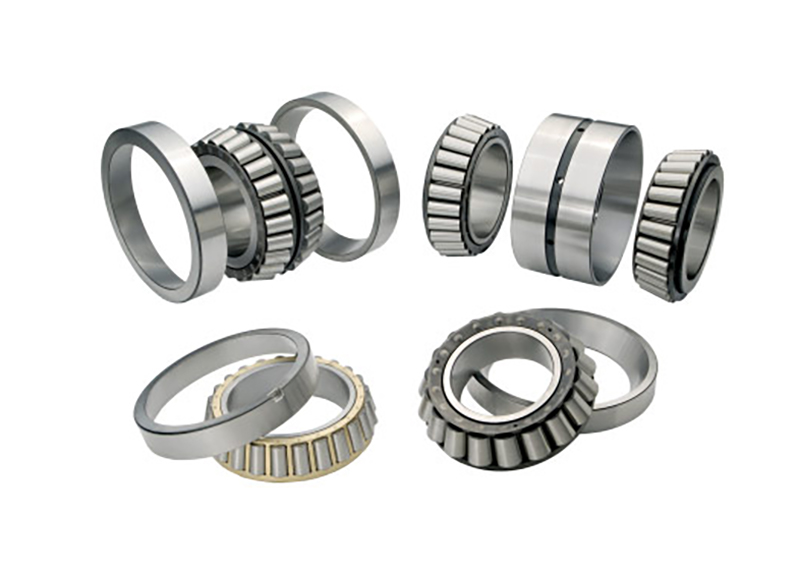
Bearing Maintenance and Monitoring
Proactive maintenance is paramount in high-speed machinery to ensure optimal performance and prevent costly downtime. Regular maintenance routines help identify potential issues before they escalate into major problems, minimizing the risk of unexpected failures. Techniques for monitoring bearing health play a crucial role in this proactive approach. Vibration analysis is a common method used to detect abnormal vibrations indicative of bearing faults or misalignment. Temperature monitoring is another effective technique, as abnormal temperature variations can signal issues such as inadequate lubrication or bearing overload. Advanced monitoring systems may also utilize sensors to track factors like load, speed, and lubricant condition, providing real-time insights into bearing health. By implementing these monitoring techniques and adhering to proactive maintenance schedules, operators can maximize the reliability and longevity of bearings in high-speed machinery, ultimately reducing operational costs and enhancing overall productivity.
Conclusion
In conclusion, the performance and reliability of roller bearings in high-speed machinery are paramount for seamless operation across various industries. Engineers tackle challenges such as centrifugal forces, thermal effects, dynamic loads, and vibration with meticulous design considerations, material selection, lubrication strategies, and maintenance routines. Through precision engineering, advanced materials, and proactive monitoring, bearings are optimized to withstand extreme conditions, ensuring extended lifespan and minimizing downtime. By understanding and addressing these critical factors, the seamless functionality of high-speed machinery is upheld, underpinning efficiency, reliability, and productivity across industrial sectors.
References
- 1.”Roller Bearing Types and Working Principle” from Tameson;
- 3. “Rolling Bearings: Types and Applications” from ISK Bearing.
Related Posts
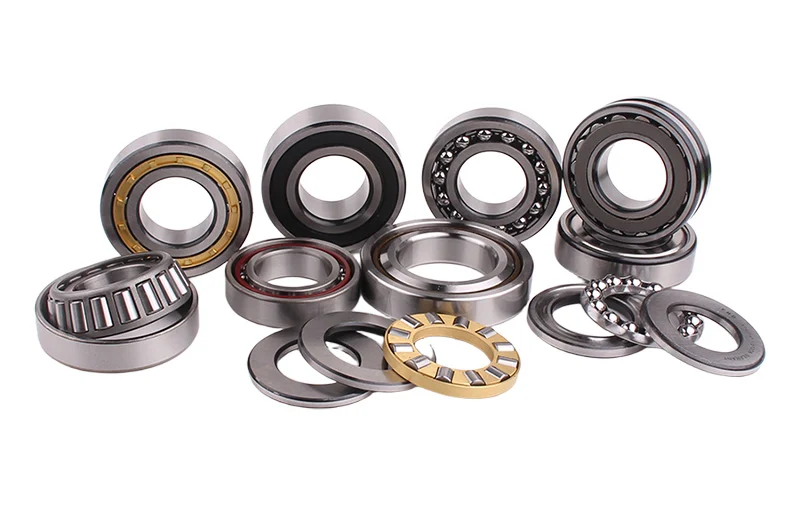
Bearing Code
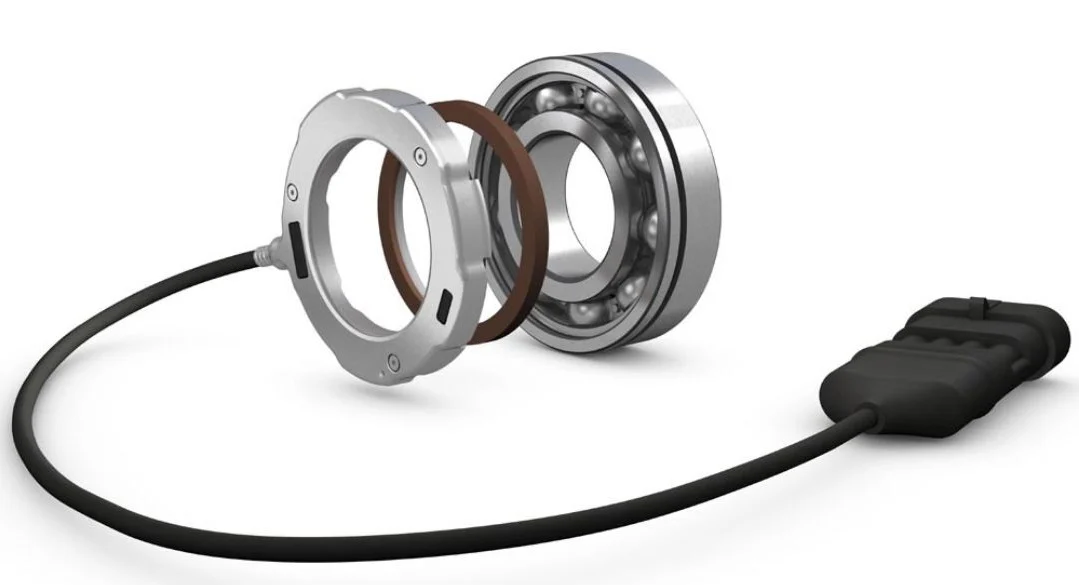
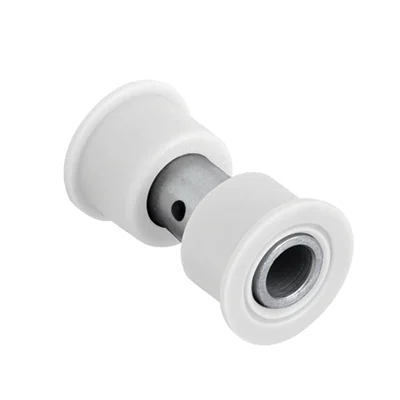
Delrin Bearings: Lubrication-Free Long Life

